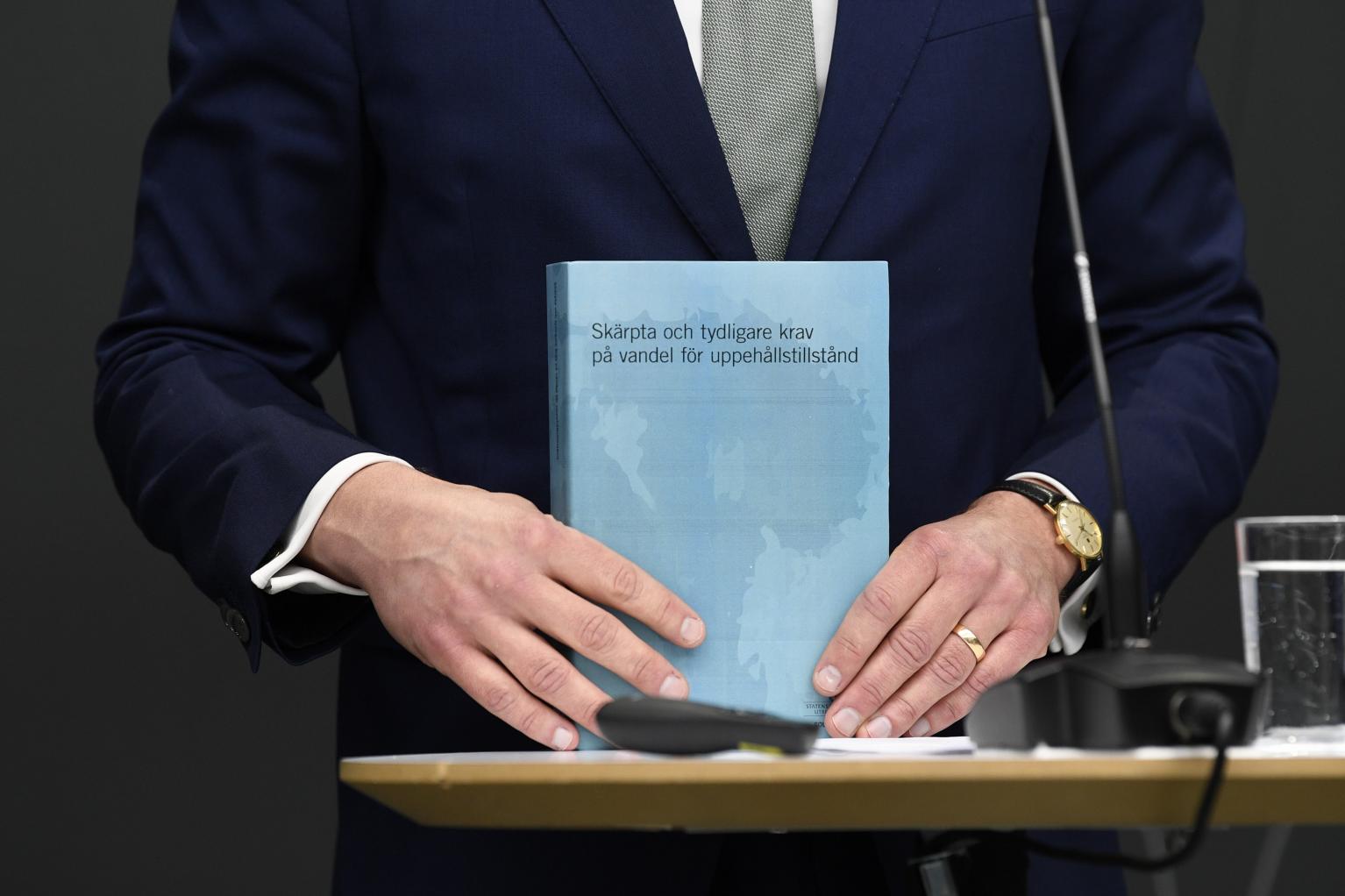Melting Cabbage Is So Good I Make It Once a Week
Cabbage is well known for its crunchy, fresh profile, but slow-cooking it in white wine and chicken stock until meltingly tender transforms it into an out of this world side dish. Melting cabbage is a winning wintertime recipe to add to your rotation.


To me, the humble cabbage is the superhero of vegetables. That unassuming pale green ball at the farmers market might not look like much, but apply a little finesse and it transforms, like Superman donning his cape, into something much, much greater.
Affordable and nutritious, cabbage holds a permanent spot in my fridge from October to March. I’m always looking for new ways to enjoy this cruciferous veg, so I’ve tried many versions of what’s known as “melting” or “melted cabbage”—a silky, slow-cooked recipe that coaxes out every bit of flavor a head of cabbage has to offer.
After trying them all, I’ve come up with an easy, comforting version that I trot out weekly to serve alongside roast chicken, pork chops, or pierogi.

Cabbage Prep Tip
Getting the cut right on the cabbage is important here. You want the cabbage to stay attached to a little bit of its core so it doesn’t turn into a jumble of leaves in the pan. Carefully cut a head of cabbage in half lengthwise, then cut each half in half and then half again to make four wedges. Ensure each piece is still connected to the core. This will make it possible to maneuver the pieces around in the pan without them completely falling apart.
Tips for Making Melting Cabbage
- For the best sear, use a cast iron skillet. A large skillet works best, but if your skillet is on the smaller size, you can feel free to squeeze the cabbage pieces in there, since you don’t have to worry so much about overcrowding the pan in this recipe.
- This recipe works best with a hearty green or red cabbage, rather than a more delicate napa or savoy.
- To bring a little extra richness to the dish, add 2 tablespoons of softened butter to the cabbage when you remove it from the oven.
- You can keep the dish totally vegetarian by using vegetable stock instead of chicken stock.

More Comforting Sides
- Classic Glazed Carrots
- Butternut Squash Risotto
- Roasted Brussels Sprouts
- Kale Salad with Balsamic Dressing
Preheat the oven to 375°F.
Sear the cabbage:
Heat the olive oil in a large cast iron skillet over medium heat until it shimmers. Add the cabbage wedges, cut side down, to the pan and press down on them. (If your skillet is too small to fit all I of the cabbage wedges, work in 2 batches.) Sear the cabbage until dark brown on the first side, 3 to 7 minutes. Flip the wedges and cook until dark brown on the second side, another 3 to 7 minutes. Remove to a plate.

Add the onions and garlic:
Add another tablespoon of olive oil to the pan if it’s totally dry, add the onions, and sauté until golden brown, about 5 minutes. Add the garlic and sauté until fragrant, 1 to 2 minutes more.

Deglaze the pan:
Return all of the cabbage to the pan in a single layer or close to it. Add the white wine and simmer until the alcohol smell burns off, 1 to 2 minutes. Add enough chicken or vegetable broth to come halfway up the sides of the cabbage. Season the mixture evenly with the salt and pepper, add the bay leaf, if using, and transfer the pan to the oven.
Bake:
Bake until the cabbage is tender all the way through, 35 to 45 minutes. Taste and adjust the seasonings. Add the lemon juice, butter, and/or herbs, if using, and serve.
Store leftovers in an airtight container in the refrigerator for up to 5 days.
Love the recipe? Leave us stars and a comment below!




/cloudfront-us-east-1.images.arcpublishing.com/gray/SZZTW67LMRAMPPCKBBQMSUTFRA.JPEG?#)





















































![Skeem Saam: Wednesday’s episode, 11 December 2024 [video]](http://www.thesouthafrican.com/wp-content/uploads/2024/02/Melita.jpg.optimal.jpg?#)
